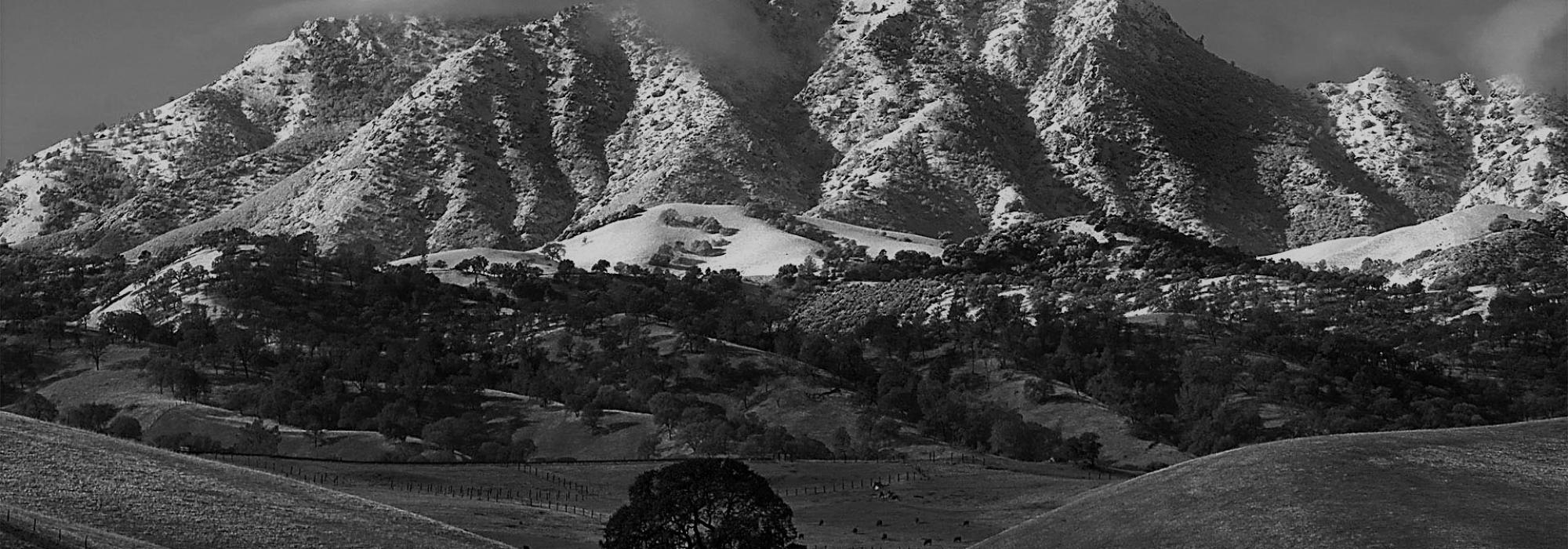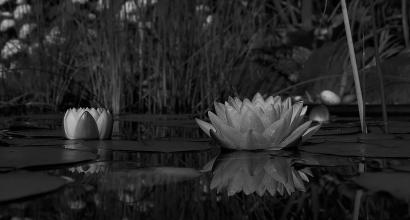“Vijñāna” (ವಿಜ್ಞಾನ) - A Science Monthly
Venkatanaranappa was always keen on the propagation of science (and scientific thought) among the masses. For his ideas to capture the minds of the people, the language of presentation had to be simple and clear. The magintude of the efforts that Venkatanaranappa put to turn his ideas into reality can only be known by seeing them first hand. The main trouble he encountered was the indefinite grammatical constructions of the Kannada language. ‘Bantu’, ‘Banditu’, ‘Bandaddaayitu’ ('ಬಂತು', 'ಬಂದಿತ್ತು', 'ಬಂದದ್ದಾಯಿತು') – he contemplated upon these forms again and again and muttered these words under his breath, unsure of what is to be used. He used them in sentences and listened how they sounded in context. The usage had to jell well with the size of the sentence. The different parts of the sentence were to be in proper proportions. This kind of scrutiny of words went on even until the writing went for publication. At times, he would sit before the final proof even at ten in the night and struggle with a word and its usage. Nangapuram Venkateshayyangar and I were usually at his side. The final decision was not made based on his opinion but as a function of the time available. The month’s edition of the magazine was to go to the press before mid-night of the no moon day. Therefore, the print order was to be given by ten in the night. Venkatanaranapa sat there, got them printed, stitched together the pages of six copies, got them bound, ironed out the edges of the pages and took them with him. On his way home, he dropped off copies in about five to six people’s houses and called out at their doors – “This has been published just now!”
Clarity in Śāstras, Teaching of Morals
I will need to tell a bit about Venkatanaranappa’s perspective towards literature. His main focus was on Śāstra and Nīti (Morals/ Values). He accorded a second place to rasa-bhāva (aesthetics of emotions, enjoyment). Some of his prominent colleagues had their passion for beauty in poetry and aesthetics. Venkatanaranappa was not against elegant usage of language. However, in his view, adherence to śāstras and preaching of morals were of primary importance. Our students lack values and their elders are more so lagging behind in their adherence to morals; building of noble character and good behaviour should be the primary aim of literature – this was his philosophy. He wrote the story ‘Guṇa-sāgara’ (ಗುಣ ಸಾಗರ) with this principle in mind. This was about a legendary person by name Dick Whittington – one of the founders of the city of London. In his attempt at elaborating the biographical account of the protagonist who was filled with valour, he has tried to preach several values to the youth. The story received different sorts of criticism from many of his students and close associates. Venkatanarapppa was hardly perturbed by any of this. It didn’t matter who appreciated it or who disliked it - all that mattered was what his inner conscience told him.
In the Senate
In several meetings of the Senate, Venkatanarappa spoke against the popular opinion. Often, it was only him who subscribed to the views expressed by him and he was the only one who raised his hand in its favour.
Once, there was a suggestion that students’ attendance need not be recorded in the classrooms. Some European scholars upheld the suggestion. Venkatanaranappa was against the idea. Those who took the side of the idea that attendance need not be recorded argued as follows –students who attend the college are gentlemen and therefore, we need not keep any kind of check on them.
Venkatanarappa’s counter-argument was as follows – “Gentlemen, you say? We know our gentlemen very well. If someone gives you fine, stitched clothes, you will anyway look like a gentleman. Absence of control will only spoil our students. If they are flawed, we are the ones who are going to suffer.”
As the gathering which was earlier ridiculing Venkatanaranappa’s counter-argument heard him, it turned sober. Though his words sounded harsh, its essence was sweet.
At another instance, Kattimanchi Ramalinga Reddy mocked one of the suggestions put forth by Venkatanaranappa and called him – “Don Quixote of this house”. Venkatanaranappa retorted – “I protest”. Reddy expressed distress on his face and immediately said – “I apologize, and I would apologize to nobody in this house more readily than to Mr. Venkatanaranappa. I respect him most profoundly and would not offend him under any circumstances.” The meeting got over in a while. Once everyone left the place, Reddy went to him and said – “Mr. Venkatanaranappa, are we not all Quixotic now and then? And Quixote was a good man”.
Venkatanaranappa agreed saying - “Yes, yes, we are all Quixotic at times”. Both men let out a hearty laughter.
Pampa-bhārata (ಪಂಪ-ಭಾರತ)
Around 1930, the (Kannada Sahitya) Parishat took up the job of re-consolidating the Pampa-bhārata (for the preparation of a critical text, probably) and republishing the text. Back then, the Parishat was housed in a rented place in Shankarapuram. The committee that was formed for consolidating the text included –Venkatanaranappa as the head, BM Srikantaiah, TS Venkannayya, myself (DV Gundappa) and about two or three others. The main challenge faced while consolidating the text were – filling in for the lost readings due to damaged manuscripts. In the first edition of the Pampa-bhārata, there were mistakes that had crept in either because of the non-availability of clear manuscripts back then or due to the negligence of the editors who worked on it. The first edition had some words or sentences missing here and there. At some places, it was hard to comprehend the text. It was now our responsibility to undo those errors and to provide a reliable text. To achieve this task, we decided that we would meet every night from eight and work until eleven. As BM Srikantaiah was in Mysore in those days, he sent his opinions in a written form. In his letters he opined that Pampa was a conscious poet and that his style was very different from that of the other poets. He also repeatedly said that Pampa never used an unnecessary word and his usage had an individuality and character of its own. Srikantaiah’s suggestions were largely accepted by all.
In our meeting, one of the two Nanjunda Shastris of the Parishat was always present. Except for Venkatanaranappa, the rest of us resided at Shankarapuram. Let us assume that an episode was being discussed at around eight-thirty. We were to fill up the missing portion or refurbish the text to give a relevant meaning. Venkatanarappa often asked – “What do you say? Are we going to need five minutes for this or would three minutes suffice?” Venkannayya and I usually replied -
“How can we work if you hurry up things in this manner?” We usually brainstormed and thought a lot – the right version never dawned upon us. Then Venakatanaranappa would say that he would give was a couple of minutes more. The same difficulty repeated. He then would offer us three more minutes. If he found that we were in the same state till then, he would say – “We will need to finalize this now. Let us leave it as it was in the first edition and go ahead”. The work got completed with several disagreements and arguments in the process. It was only because of Venakatanaranappa’s discipline and steadfastness that the text was finally printed. If he were to be lenient, the work probably would not have found print until today.
After several years had passed, one of teachers, Kanakanahalli Varadacharya visited the Parishat and spoke to me – “What is this? Your Pampa-bhārata stinks! Why did you do so?”
I replied – “You know how difficult a task it is.”
He – “If you don’t understand, you just need to strike Pampa’s head”
Me – “We were in need of your assistance in those days but never received it!”
We had requested for his help in the process of preparing a critical text of the Pampa-bhārata.
He said – “There is a devil in my head by name – ‘Bhaṭṭākalaṅka’ (ಭಟ್ಟಾಕಳಂಕ). Only once I am relieved of this devil, will I have place for another.”
Me – “This is the fate of our nation. You were to do this job (i.e., working on the Pampa-bhārata). As we were forced to work without you, the four of us wanted to somehow bring out the text and did whatever we could. A great work like Pampa-bhārata will need to get published several times over and over again to get its best refined form. Perhaps, if you can make some time before the third edition is published, the work will be thorough.”
He laughed and so did I. We both knew that the task of re-consolidating the text would not come down to us.
To be continued...
This is the seventeenth essay in D V Gundappa’s magnum-opus Jnapakachitrashaale (Volume 3) – Sahityopasakaru. Thanks to Hari Ravikumar for his thorough review and Smt. Savithri Bharadwaj for her help in preparing the translation.







































